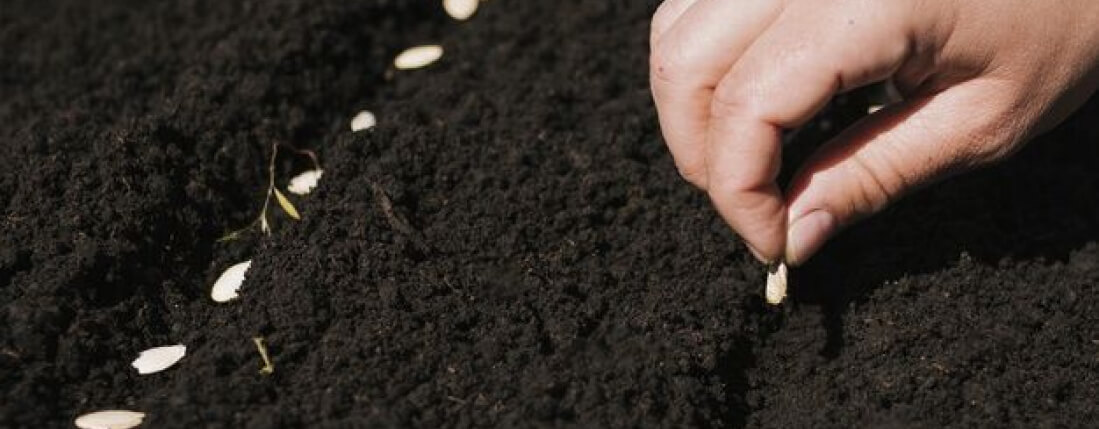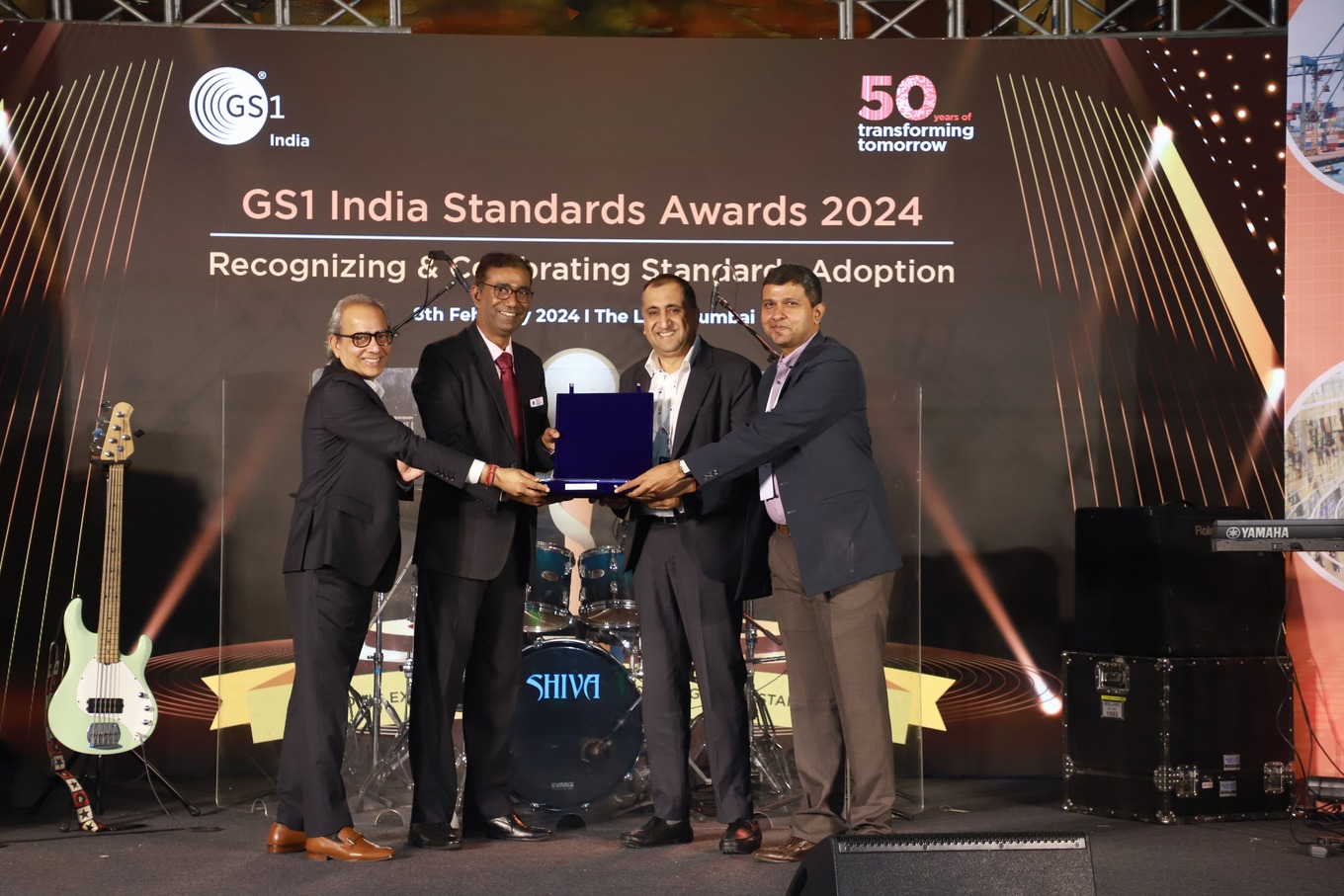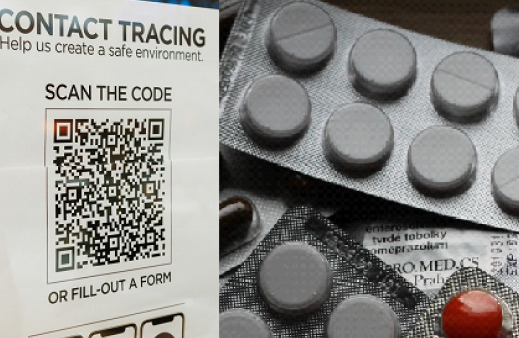
(An Official publication of PharmaSecure)
A cheap imitation of a celebrated product with an objective of “cashing-on” the goodwill of famous products. However International anti-counterfeiting council (IACC) has defined counterfeiting as “Counterfeiting is a federal and state crime, involving the manufacturing or distribution of goods under someone else’s name, and without their permission. Counterfeit goods are generally made from lower quality components, in an attempt to sell a cheap imitation of similar goods produced by brands consumers know and trust”
Going by some researches, globally consumers are spending half a trillion-dollar in buying counterfeit products and almost 70% of such buying are done through digital medium. Unlike the conventional brick & mortar shops, the digital platforms don’t give you the option to authenticate the products physically and the business of counterfeiting remains unabated. Not only such products dent your pockets they can invite dangerous consequences. A fake medicine or a fake electric item may cost your life too.
Detecting counterfeit products over e-commerce websites can be a herculean task as the producers of such products make sure that the products do not have any trace of fakeness. Still, by analyzing subtle hints like, huge discounts, unfamiliar manufacturers, consumer reviews, no-return policy, etc. may help the consumers to tackle the manic. The merchants cannot do away with their responsibility citing the golden Latin phrase “Caveat emptor”, since they are the first reference point they have to put in place a mechanism to detect and display such products and manufactures.
Regulators should ensure that e-commerce companies should take all responsibilities of producers’ misconduct and frame the policy to protect the innocent consumers who are being lured by the flashy and dirt-cheap lookalike of genuine products.

pharmasecue / March 13, 2024

pharmasecue / March 13, 2024

pharmasecue / August 26, 2022